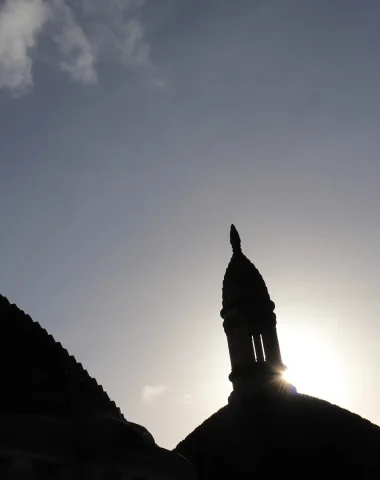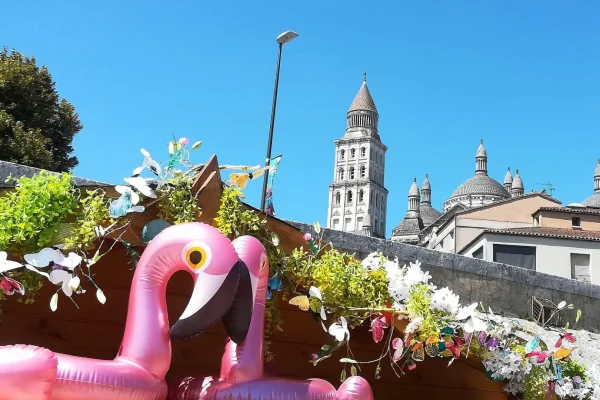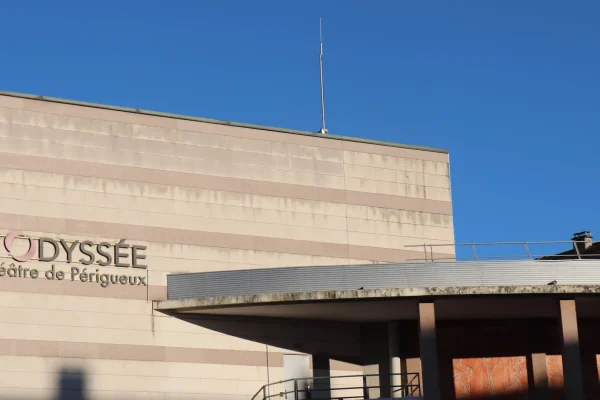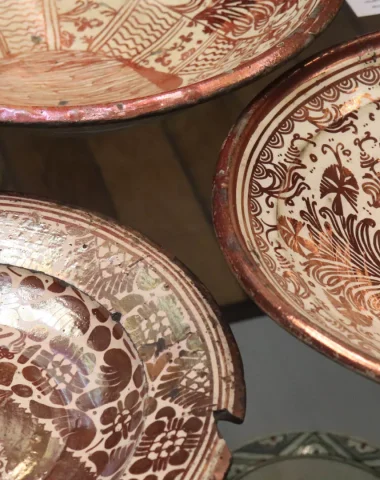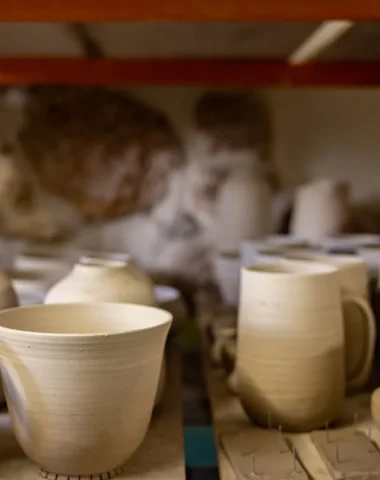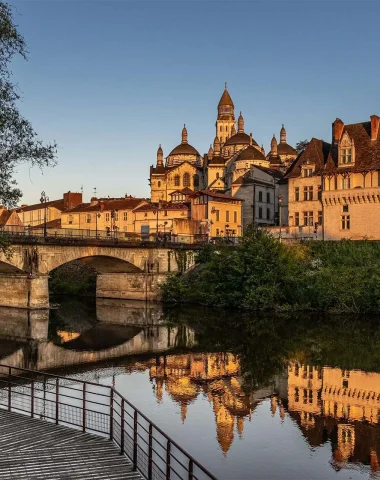Périgueux is a city to eat... Those who love heritage, gastronomy, local products, good restaurants, festive evenings and daily entertainment will find what they are looking for here as a couple or as a family.
A place of history for more than 2 years, the city retains traces of the Gallo-Roman period through the medieval walls, the Renaissance facades and its famous 000th century cathedral.
The Gallo-Roman era
Located in the Isle valley, the surroundings of Périgueux contain numerous Paleolithic deposits. Just downstream from the town, on the Sept Fonts site, a pebble cut on one side, dating back 2 million years, constituted one of the oldest testimonies of human presence in the region.
The hills at the top of Périgueux were inhabited by the Gallic people of Pétrocores, before their incorporation into the Roman Empire and the founding of the city of Vesunna around 16 BC. This Gallo-Roman city, located on the right bank of the Isle, was an important city with large domus (residence), a vast amphitheater and a temple of more than 2 hectares. Dedicated to the Gallic goddess Vésone, who became tutelary divinity of the city, the most sacred center was the Vésone tower, still visible today. The Vesunna Museum, depicts the history of the Gallo-Roman site and preserves numerous archaeological traces.
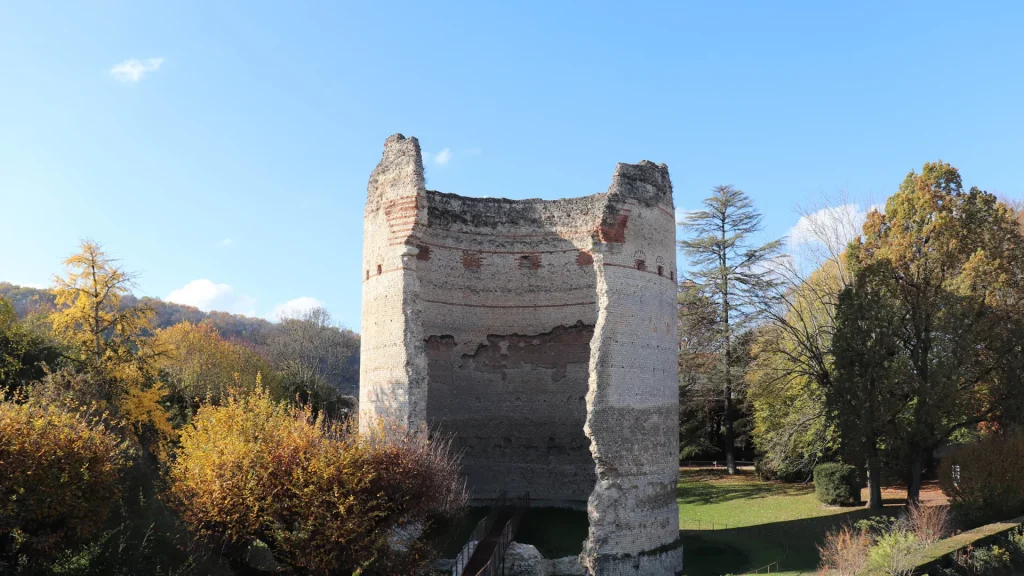
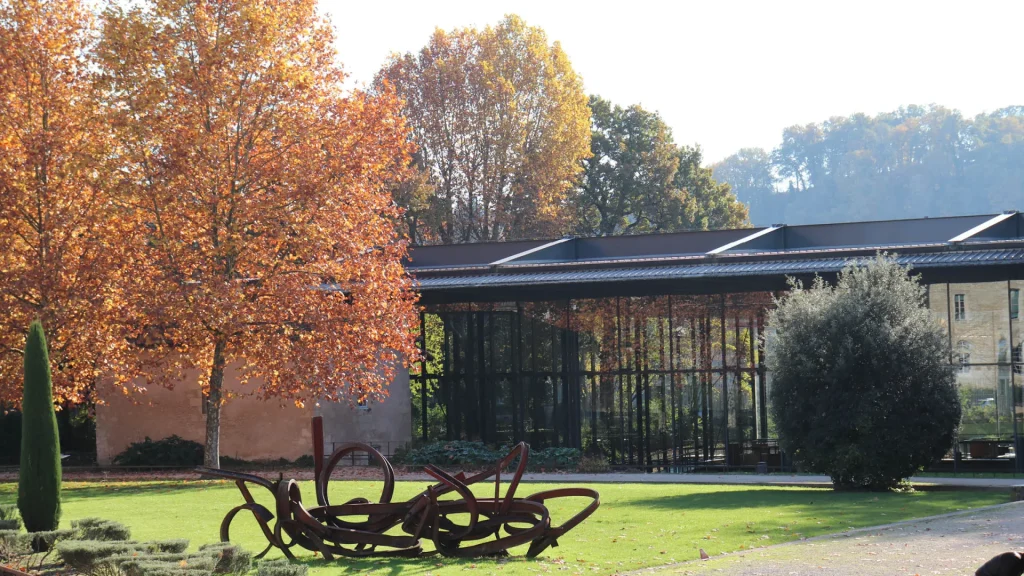
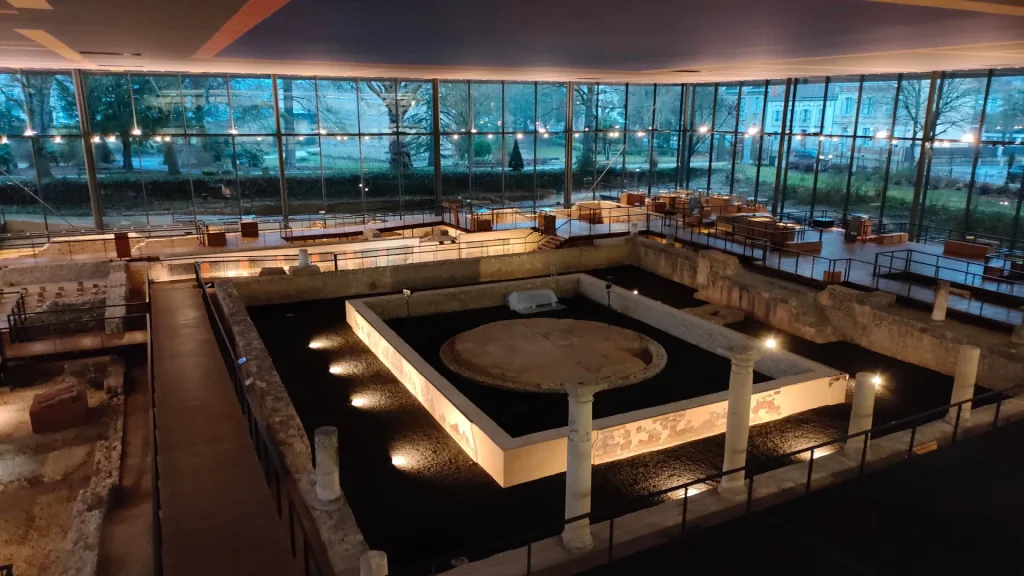
In the middle Ages
Surrounded by a wall around the 4th century, this part formed the town of the City in the Middle Ages. It houses the episcopal palace, the city cathedral and vast residences of aristocratic families. Opposite this town, that of Puy Saint-Front is developing thanks to to the pilgrims of Santiago de Compostela, coming to see the relics of Saint-Front in the church of the same name. Also surrounded by a wall, it has all the characteristics of a fortified city, like the Mataguerre Tower.
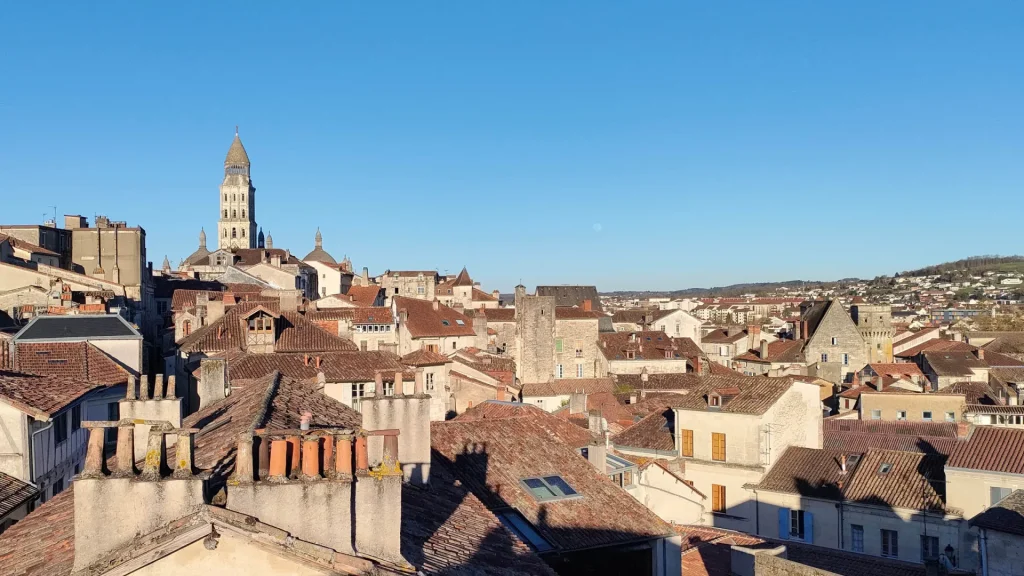
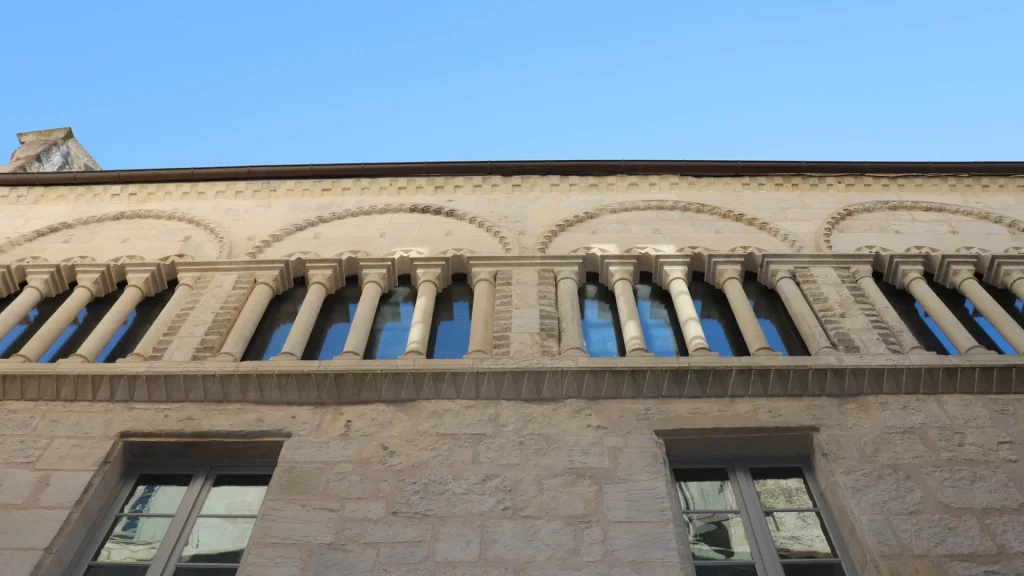
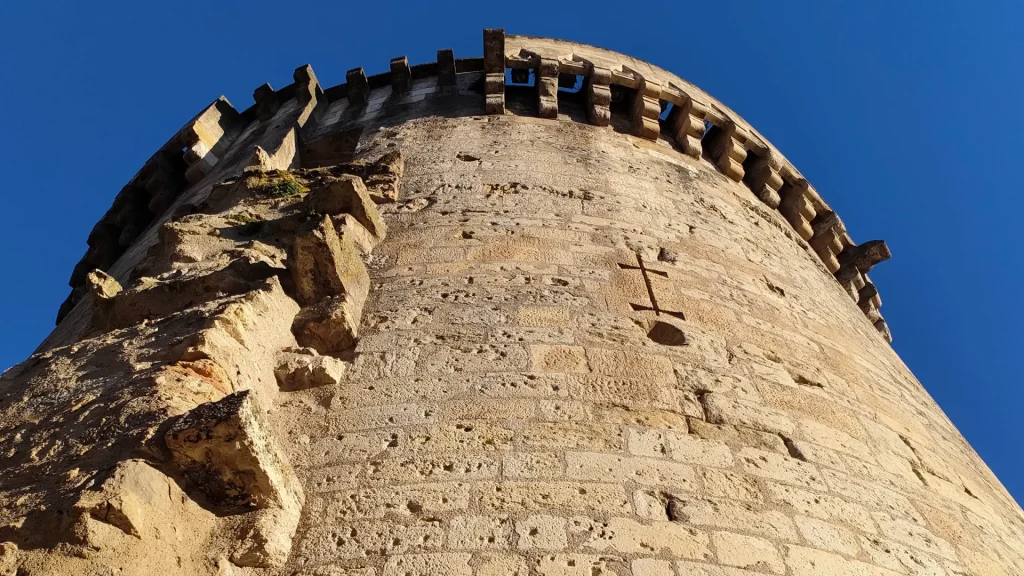
During the Renaissance
Wealthy families put the facades of their houses in fashion and many hotels today keep traces of this: the Maison du Pâtissier, the Hôtel de Mèredieu or the Hôtel de Fayard. The richness of the sculptures can be appreciated on their doors, or inside in other residences with sumptuous, somewhat hidden Renaissance staircases.
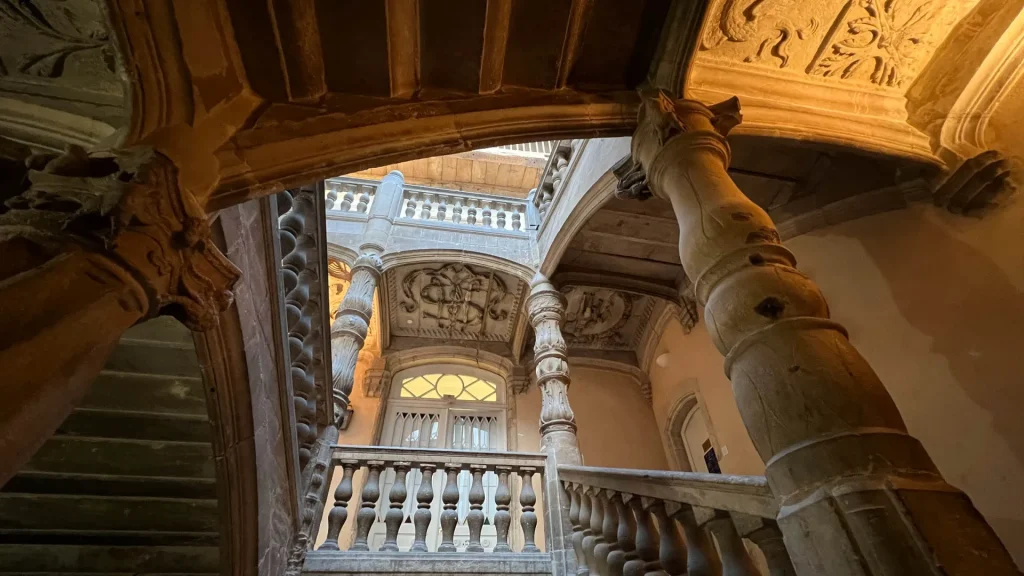
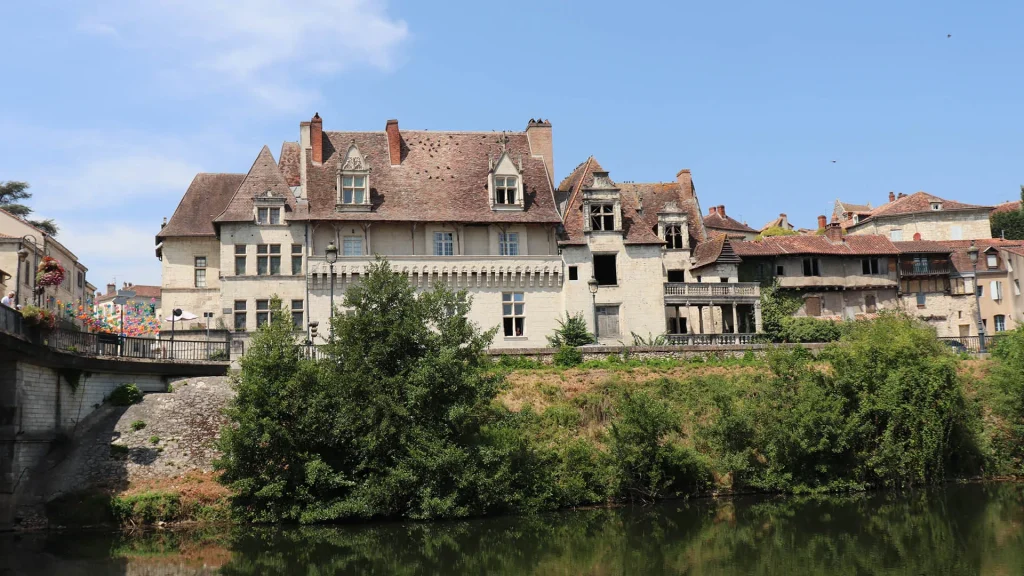
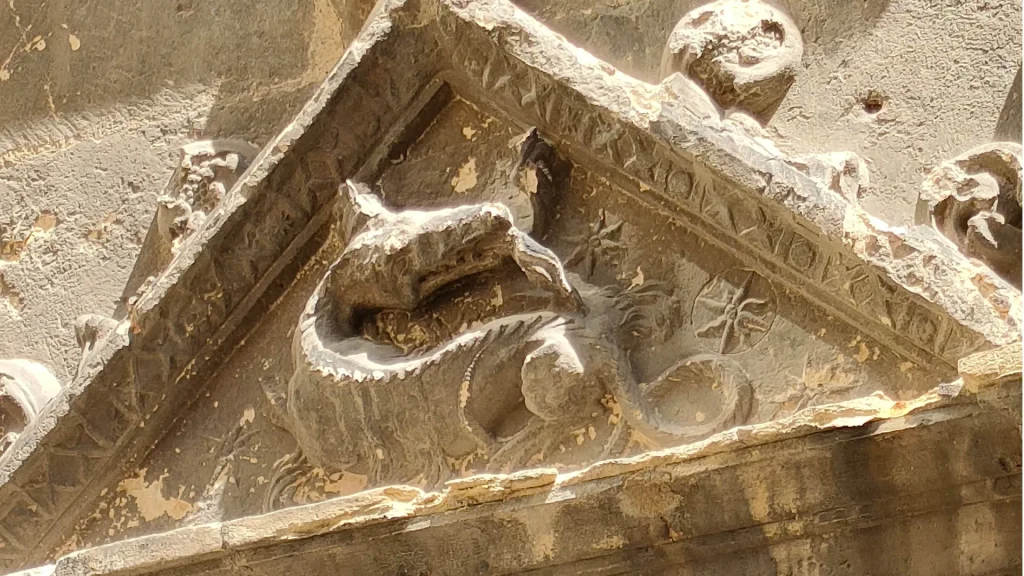
In the 18th and 19th centuries
Périgueux changes its appearance again; the wall falls, the city opens up, a few Haussmann-style buildings are built and Saint Front Cathedral is redone. Its reconstruction took around forty years to regain all the splendor of its domed roofs, the style of which still raises questions. Its builder is none other than Paul Abadie, the future architect of the Sacré-Coeur in Paris, who has definitively left his mark on the building and the city.

